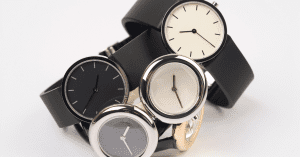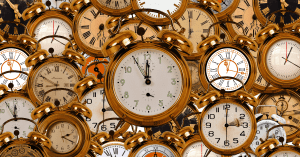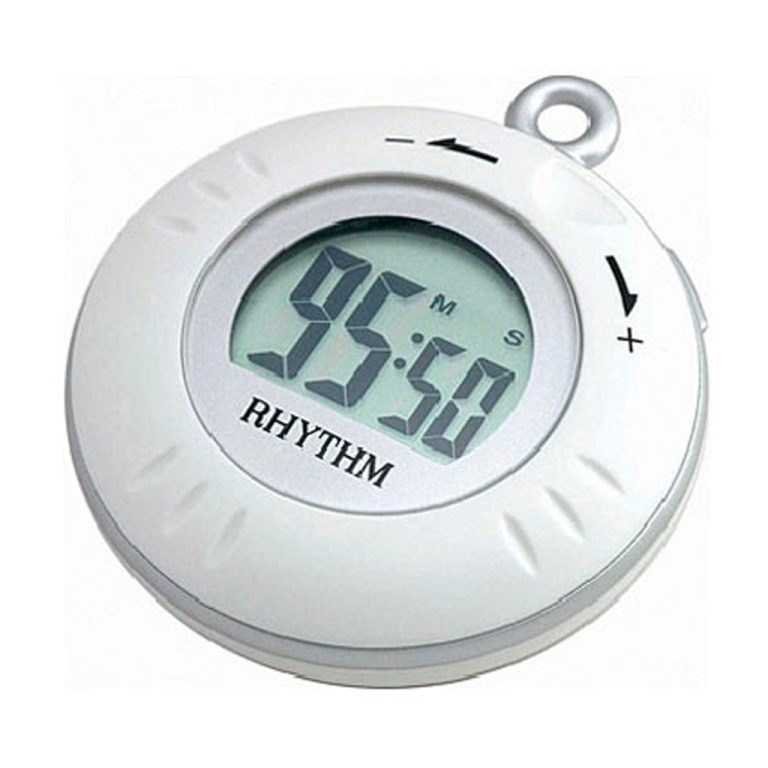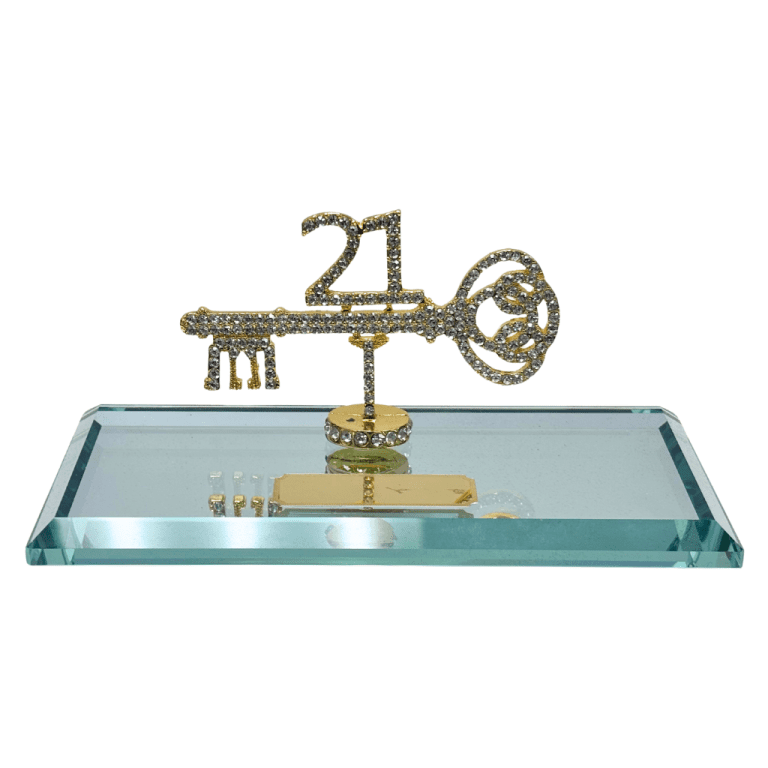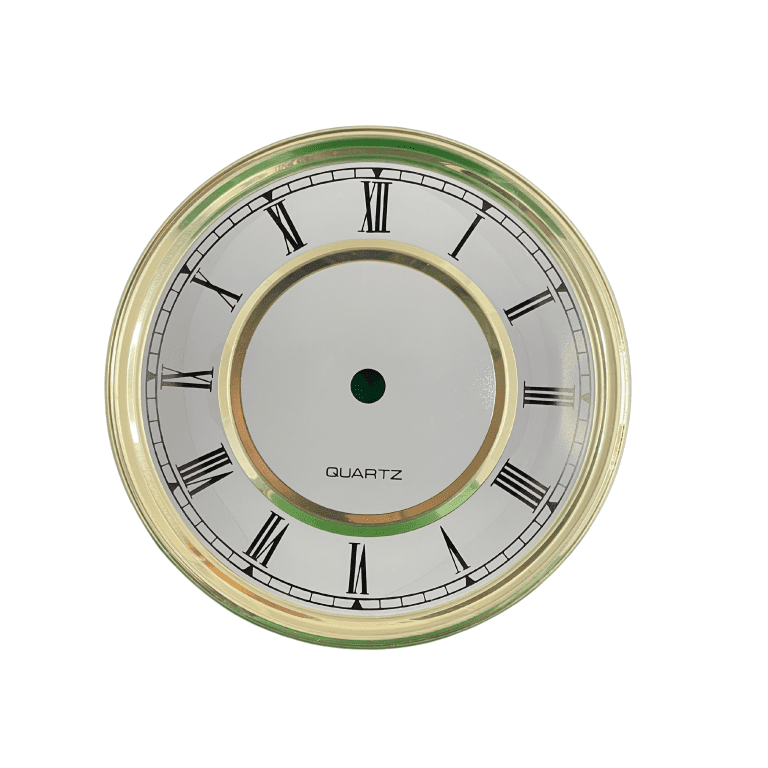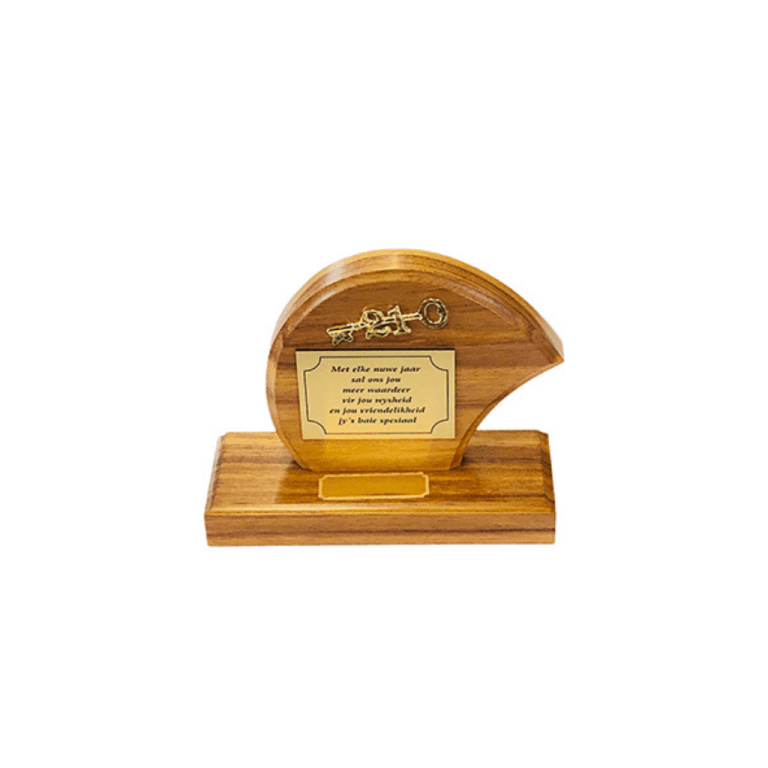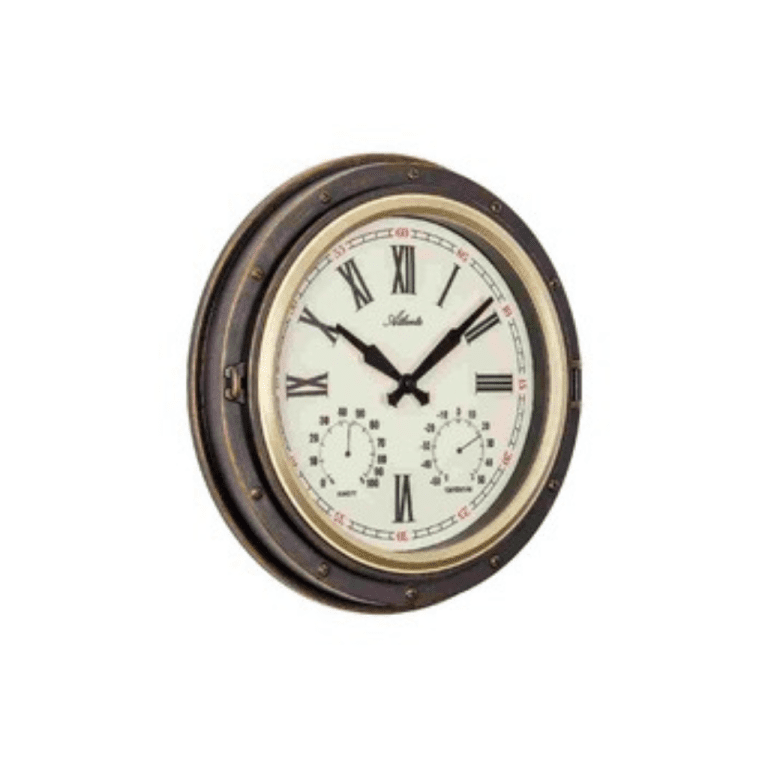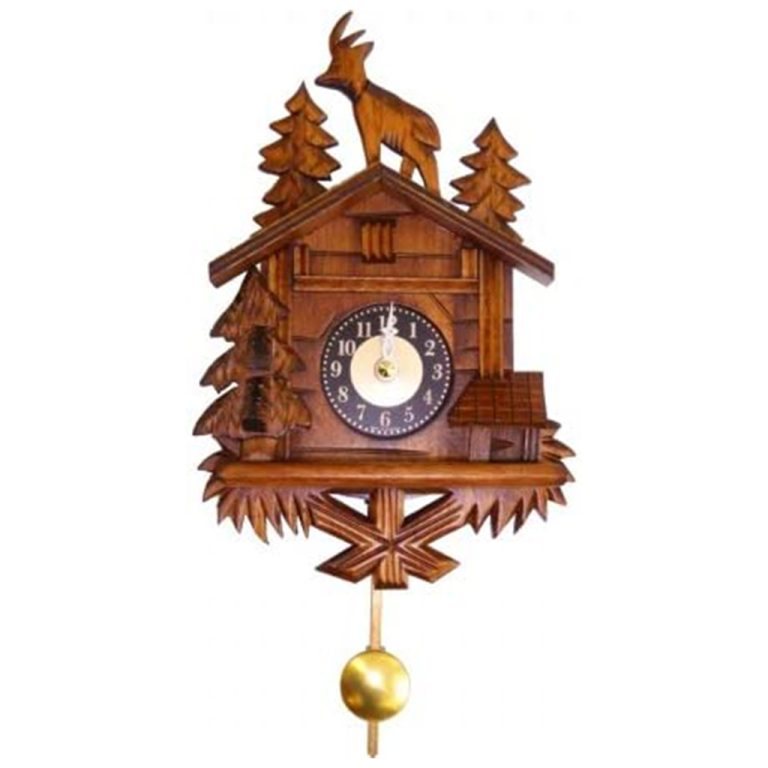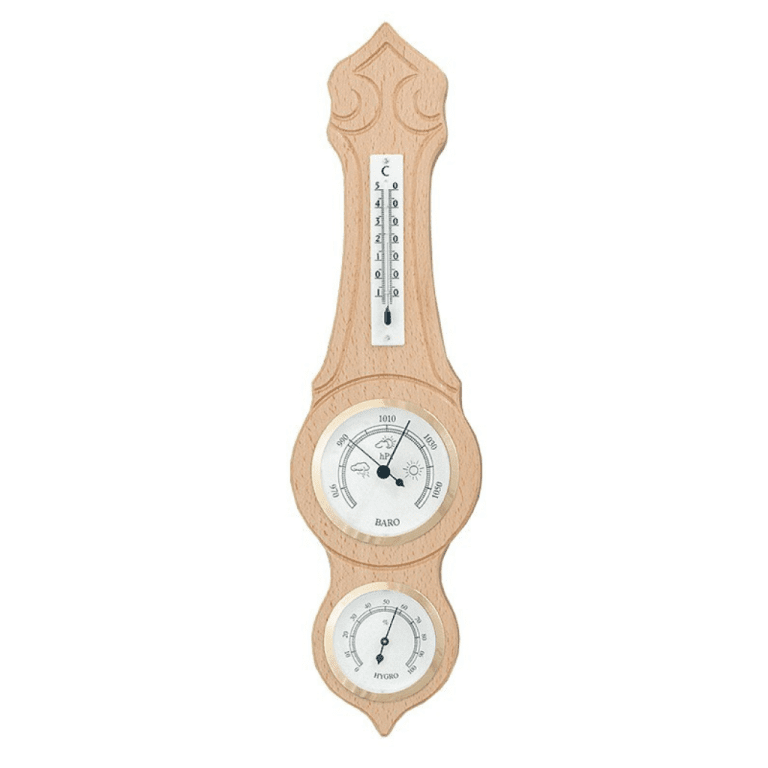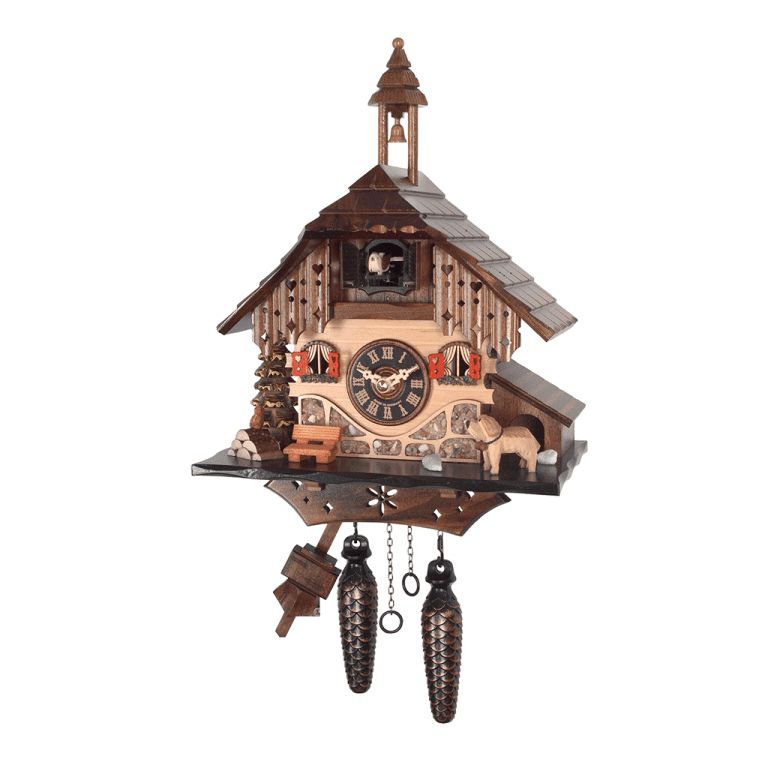The German weather house is a staple in countless homes, cozy cottages, and alpine chalets — and has been for centuries. Becoming popular in the late 18th century, German weather houses are clad with traditional folk art and house an intricate system that can indicate if the weather outside is likely to be fair or slightly more damp.
You will no doubt recognize the traditional design of German weather houses, which replicate a bucolic A-frame Chalet, with two figurines; one a girl and one a boy. These are usually housed behind their own doors and emerge once the internal mechanism indicates a specific type of weather. There is often a thermometer between the figurines, too.
But how can weather houses predict the weather? Let’s explore the world of traditional German folk art and find out exactly how weather houses work.
THE HISTORY OF GERMAN FOLK ART
Germany has a rich history of mining, which forged the style and tradition of folk art, as well as ore and silver. Areas like the Black Forest became world-famous for mining ore, but over the centuries, these resources started to deplete. The industry employed vast numbers of local people, and so the former miners had to get creative to make a living once the mines had closed.
But it was during the mining years that folk art began, as the miners also had to be skilled woodworkers to ensure the mines were in good repair. So, to practice their woodworking skills, they created handicrafts in the form of small wooden toys or ornaments and replicas of ordinary village characters ( this is also the origin of traditional German incense burners). Once the mines closed, these pieces of handiwork were sold across Germany, thus creating the rich world of folk art these areas are famous for today!
SO HOW DO GERMAN WEATHER HOUSES KNOW THE WEATHER?
A German weather house uses something called a hygrometer, which makes use of a simple principle: that certain fibers expand and retract depending on the level of humidity in the air.
The weather houses’ male and female figurines move to indicate the weather on a balance bar on which they both sit. This bar is suspended by a piece of hair or plant fiber (historically, this was a piece of catgut!) that shrinks or relaxes depending on the humidity of the atmosphere. This change in form then moves the balance bar, allowing the female or male figurine to emerge from the weather house, letting us know whether or not we need a brolly or sunglasses — it’s that simple!
WHAT DO THE FIGURINES REPRESENT IN A GERMAN WEATHER HOUSE?
In the world of traditional German folk art, the left door of a German weather house is occupied by a female figure, whereas a male figure takes the right. If the female figure is outside, there should be fine, dry, and sunny weather, but if the male figurine has emerged on the right-hand side, the weather will be damp, drizzly, or on the brink of rain.
Credited to:https://www.cuckooclocks.com/



